In the past, financial data was often scattered across disparate systems—transaction records stored in one database, customer profiles in another, and behavioral analytics siloed elsewhere. This fragmentation made it difficult for financial services firms and FinTechs to get a complete picture of their customers, let alone offer tailored services. Teams spent countless hours manually consolidating and cleaning data, a time-intensive process prone to errors and inefficiencies.
Let’s consider a real-world scenario. A financial services firm uses unified data to analyze a customer’s transaction history, digital interactions, and demographic profile. The firm’s generative AI model identifies that the customer has been consistently dining out more frequently while also making larger-than-usual purchases at home improvement stores. With this insight, the AI proactively sends a personalized notification suggesting a rewards credit card tailored for restaurant and home improvement spending. Explore more on the real-world use case for personalized financial experiences.
The cost savings are significant. Financial institutions that adopt unified data and generative AI can save millions by automating customer interactions and minimizing reliance on large customer support teams. For example, instead of hiring additional agents to handle increased customer demand, the institution can deploy an AI-powered chatbot to address common queries, escalating only the most complex cases to human representatives.
Unified data also ensures that personalization efforts are based on accurate, real-time insights, reducing the risk of offering irrelevant or mismatched products. This builds trust with customers, as they see their financial institution acting in their best interest. Over time, this trust fosters deeper relationships, increasing the lifetime value of each customer.
By leveraging unified data and large language models, financial services firms and FinTechs are not just meeting customer expectations—they’re exceeding them. They’re creating a future where every customer interaction feels personal, relevant, and timely, setting the standard for what modern financial services should be.


